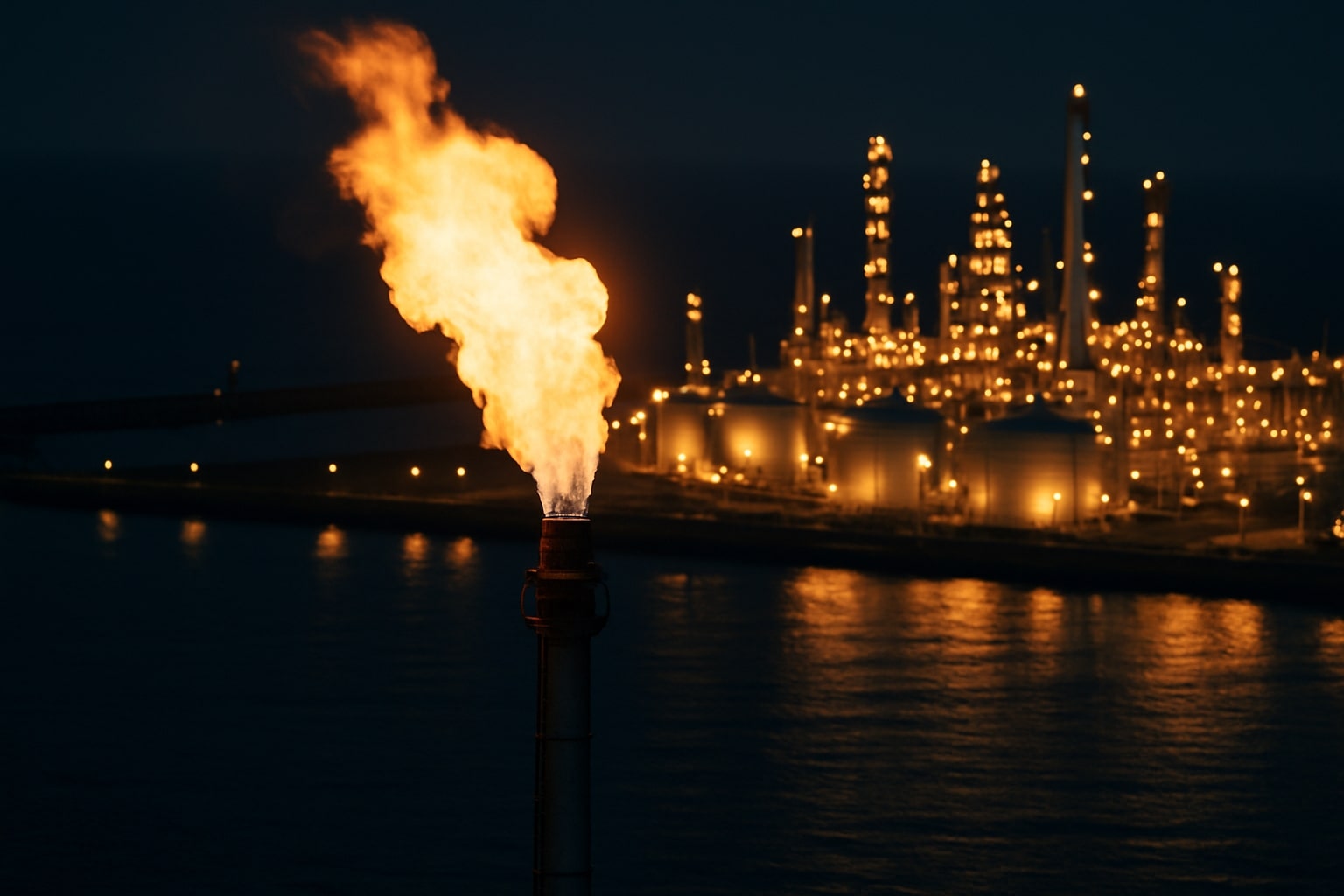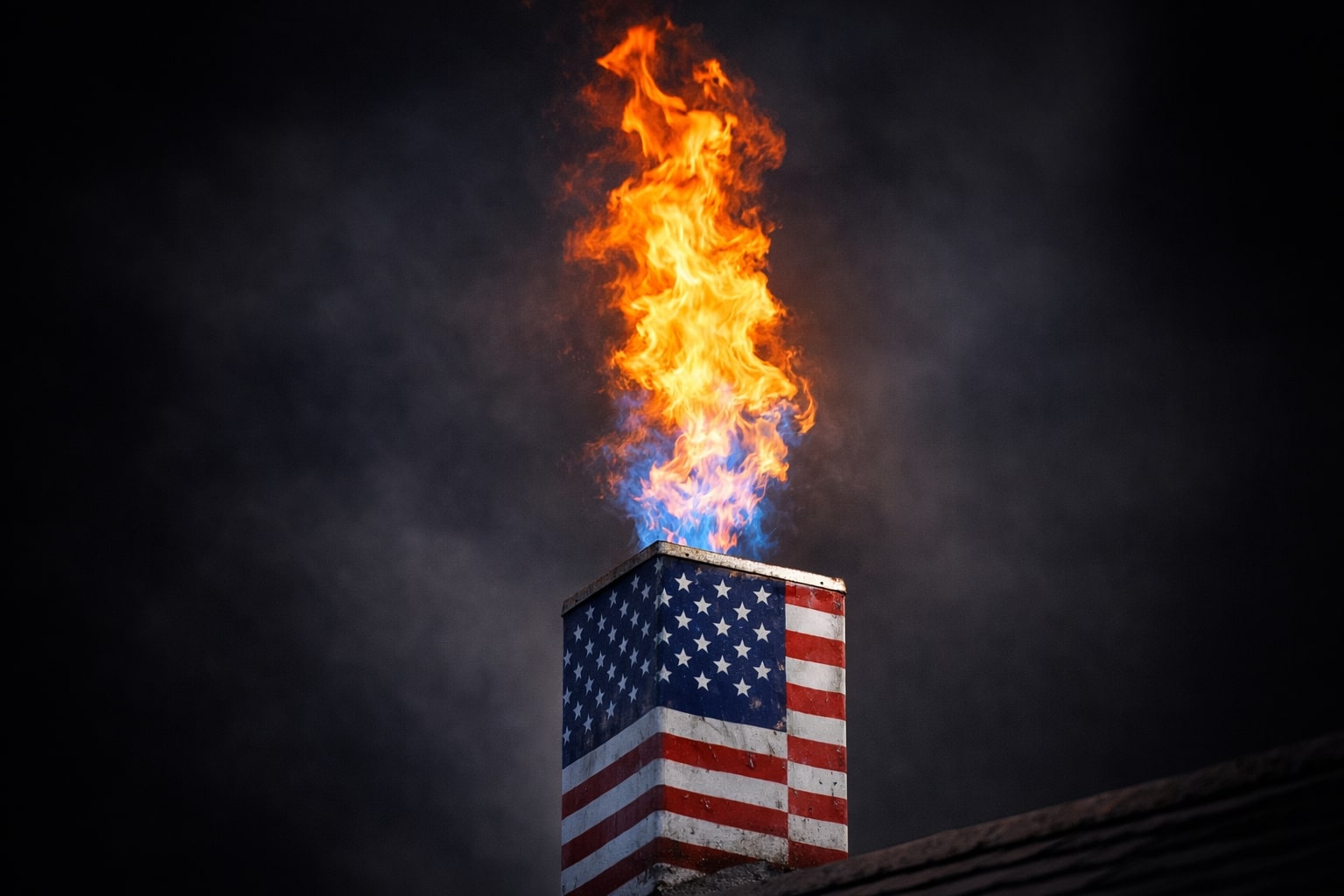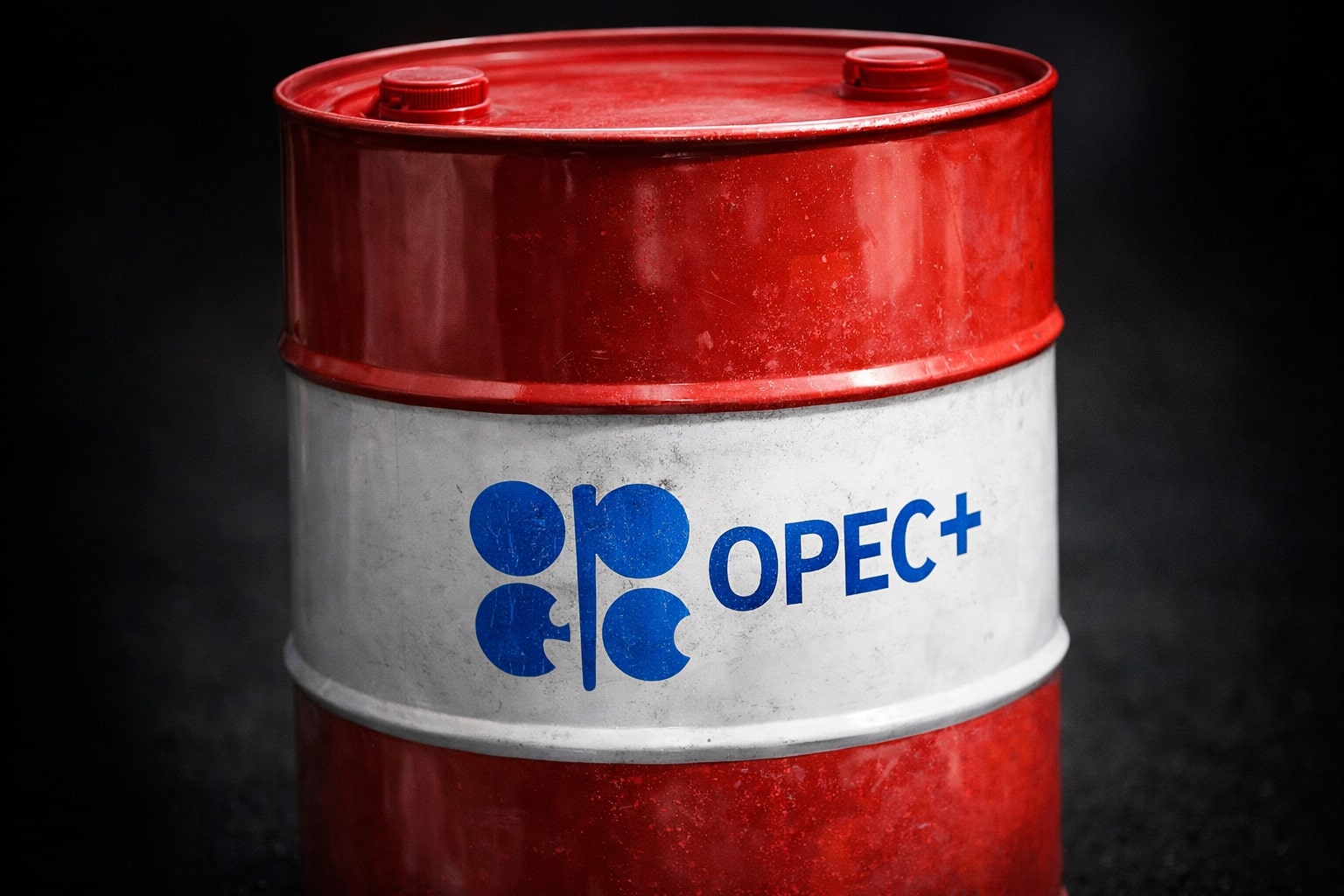
Natural Gas Price Forecast: (NG=F) Futures Test $2.57 Support as Production Outpaces Demand
With U.S. output at record highs, storage well above norms, and cooling weather suppressing late-summer demand, NG=F futures remain under bearish pressure, struggling to hold above $2.698 | That's TradingNEWS
Natural Gas NG=F Futures Sink To Nine-Month Low As Supply Surges And Weather Cools
Natural gas futures NG=F closed the week at $2.698 per MMBtu, a sharp 7.48% decline that erased recent gains and placed prices at their lowest level in nine months. The drop pushed contracts below a key technical floor at $2.748, bringing $2.574 into focus as the next line of support. The move is driven by a cocktail of bearish fundamentals: U.S. production climbing to record highs, inventories sitting 5.8% above the five-year average, and forecasts showing cooler weather that cuts into late-summer power demand. With the market trading well under its 52-week moving average of $3.721, sentiment remains weak and rallies face stiff resistance from sellers.
Weather Forecasts Strip Demand For Natural Gas NG=F
Cooling trends across the Midwest, Northeast, and South have reshaped demand expectations for NG=F, with atmospheric models projecting temperatures in the mid-60s to low 80s through early September. Typically, late August is peak cooling season for utilities, but daily gas consumption already slipped to 77.9 Bcf, despite being 9.8% higher year-on-year. That moderation highlights how vulnerable natural gas is to short-term weather shifts, especially when supply-side conditions are abundant. Traders warn that without a return to hotter-than-expected patterns, any upside for prices is likely capped below $3.20.
Record U.S. Production Piles Pressure On NG=F
Production continues to expand at a pace the market cannot ignore. Lower-48 dry gas output hit 108.4 Bcf/day on Friday, a 6.3% increase year-over-year, according to BloombergNEF. At the same time, the EIA raised its 2025 forecast by 0.5% to 106.44 Bcf/day and lifted its 2026 forecast to 106.09 Bcf/day. U.S. rigs dedicated to gas remain steady at 122, just shy of a two-year high, showing no immediate sign of a slowdown. This wall of supply limits the market’s ability to price in risk premiums, even when storage builds come in below expectations.
Storage Data Provides Only Temporary Relief
The latest EIA report showed inventories rising by +13 Bcf in the week ended August 15, well under the +18 Bcf consensus and less than the +35 Bcf five-year average. Initially, that shortfall helped NG=F rebound intraday, but the broader picture remains bearish as total inventories stand 5.8% above seasonal norms. In Europe, storage sits at 74% capacity versus an 82% five-year average, raising concerns ahead of winter, but so far it has not delivered meaningful upside to U.S. prices. The market views the bullish storage miss as an outlier rather than a sustained trend.
Technical Outlook For NG=F Points To More Downside
Breaking $2.748 has shifted the technical structure decisively bearish. Futures now eye $2.574 as the next support, a level not tested in nearly a year. Should prices breach that floor, momentum selling could drag NG=F lower into the $2.50 zone. On the upside, short-covering rallies could push prices toward $2.966 or even $3.148, but these moves are expected to be capped without a fundamental driver such as a heatwave, LNG demand surge, or production curtailments. The long-term chart remains in a downtrend, with the 52-week moving average well above current levels, highlighting the scale of resistance facing bulls.
Industrial Complaints And Policy Risks Deepen Pressure
Beyond weather and storage, industrial gas policy is weighing on sentiment. In Indonesia, the Ministry of Industry reported ten official complaints from companies struggling with restricted HGBT gas supply, where subsidized rates of $6.5–$7 per MMBtu are scarce and only higher-priced supply above $14.8 is readily available. Some manufacturers, including PT Doulton, laid off 450 employees due to unstable deliveries. Such disruptions highlight how government interventions distort demand signals and threaten competitiveness, a factor that global investors are pricing into NG=F as demand-side risks persist in emerging markets.
European And Canadian Dynamics Add Complexity To NG=F Outlook
Western Canada’s AECO benchmark averaged just $0.76/GJ ($0.55/MMBtu) in July, the fourth-lowest monthly print since 1985, underscoring regional oversupply. Tourmaline Oil Corp. announced plans to expand output by 30% to 850,000 boe/d by 2031, aligning with expectations for higher North American demand post-LNG Canada’s launch. ARC Resources, meanwhile, shut in 60,000 boe/d of dry gas, refusing to sell into prices “well below” cost. These decisions reinforce a bifurcated outlook: Canadian producers are planning for long-term demand growth, but the near-term flood of supply continues to depress NG=F futures.
Forecast For Natural Gas NG=F Balances Heavy Supply With Potential Catalysts
The market bias for NG=F remains bearish under $2.748, with short-term price action likely to test $2.574. Any recovery requires stronger LNG export flows, unexpected weather demand, or production restraint, none of which are firmly visible. U.S. LNG export flows sit at 15.7 Bcf/day, just 0.4% higher week-on-week, while domestic consumption remains soft. Without a structural change, upside will be capped below $3.20, and sellers will continue to dominate rallies.
That's TradingNEWS
Read More
-
GPIX ETF Climbs to $52.54 as 8% Yield Turns S&P 500 Volatility Into Income
02.01.2026 · TradingNEWS ArchiveStocks
-
XRP ETF Rally: XRPI $11.54, XRPR $16.35 And XRP-USD At $1.99 Aim For A $5–$8 Cycle
02.01.2026 · TradingNEWS ArchiveCrypto
-
Natural Gas Price Forecast: NG=F Tests $3.50–$3.60 Floor Before LNG Wave
02.01.2026 · TradingNEWS ArchiveCommodities
-
USD/JPY Price Forecast - USDJPY=X Holds Near 157 as BoJ Caution and Fed Cut Bets Drive the Move
02.01.2026 · TradingNEWS ArchiveForex



















